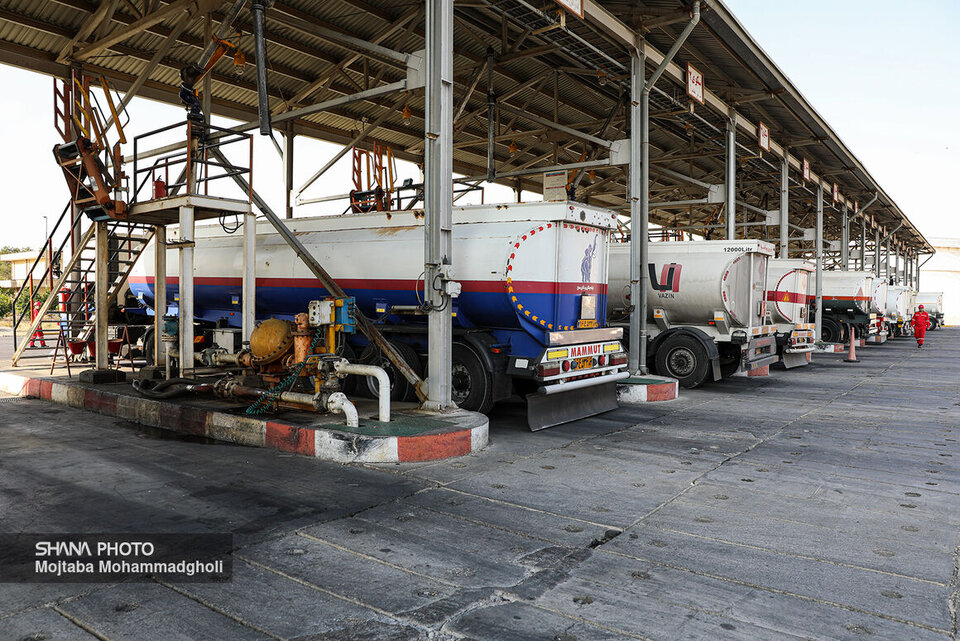Saeid Maddah-Moravej announced that daily production of Euro-standard fuels has grown from 98 million liters at the start of the administration in August to 110 million liters.
Increased production amid rising demand
Maddah-Moravej noted that rising consumption of gasoline and diesel prompted measures to boost production to ensure supply chain stability and resilience.
Average daily gasoline production increased from 97.5 million liters at the start of the administration to 107 million liters. This was achieved by optimizing unused refining capacity, increasing feedstock, and improving operational conditions.
Similarly, average daily diesel production rose from 111 million liters to 124 million liters during the same period.
Maintaining quality standards
The increase in fuel production has not compromised quality, Maddah-Moravej emphasized.
Strict controls on final product specifications ensure that all gasoline distributed in Iran meets Euro standards, including environmental benchmarks for aromatic, olefin, and benzene content (35%, 18%, and 1% by volume, respectively). Octane ratings for distributed gasoline are maintained at 87 and 91.
To support environmental sustainability in major cities, all fuel supplied in metropolitan areas complies with Euro standards.
Key projects, future goals
Among the administration’s achievements, Maddah-Moravej highlighted the launch of the Shiraz Refinery’s gasoline quality improvement project in seventh month of Iranian calendar (started Sept. 22), which converted the refinery’s entire output of 1.6 million liters of gasoline to Euro standards.
The administration remains committed to expediting quality improvement initiatives and expanding refining capacity as outlined in Iran’s Seventh Development Plan (2024-28).
These efforts aim to ensure long-term increases in production volume and quality of strategic fuel products.


Your Comment